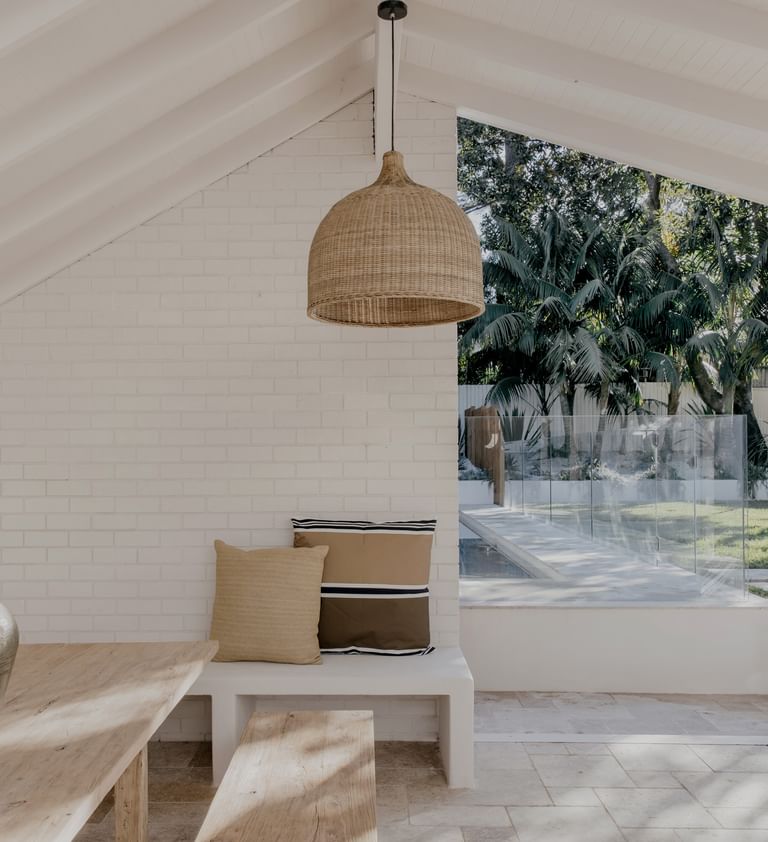
Price Movements


Despite a lot more homes on the market compared to last year and interest rates a lot higher, house price growth is continuing across our capital cities. The capital city median is now getting closer to $1 million and is now significantly above the previous peak reached last year.
Price growth is expected to continue for the remainder of the year. Although we may see a Melbourne Cup rate rise, a lack of properties continues to be a challenge for buyers. We saw a jump in listings in late winter however this has failed to continue and spring has been far slower than expected for properties coming to market. In addition, potential new home buyers are being pushed into the established home market and strong rental increases are making renting far less attractive.


The strongest capital city growth market continues to be Perth. Prices are now up almost 10 per cent compared to last year although they did stabilise over the month. Meanwhile, the slower markets of Melbourne and Hobart are strengthening. Although growth is less than half that of Perth, both cities saw strong increases in October of 0.5 per cent.


The capital city unit market meanwhile is moving a bit slower, perhaps driven by greater ownership by investors. The median is well in excess of the 2022 peak and prices are overall up over the month however we did see a slight decline in the strongest markets of Adelaide, Perth, Brisbane and Darwin. Adelaide however remains the strongest market for units on a year on year basis while Hobart, a city that has too few units, saw the biggest jump over the month.


Similarly to capital cities, regional areas are also recording strong price growth. There are, however, some areas that are more challenged and this has shown up a little in this month’s price falls in regional New South Wales, Victoria and Western Australia. As expected, some areas with a large number of holiday homes are seeing prices moderating and even falling in some cases. Restrictions to Airbnb in many local areas, as well as the ability to travel more widely post pandemic, has made owning a holiday home less attractive to some owners.
After a very strong period, we’re also seeing poorer performance in many agricultural areas. This is also flowing through to pricing, particularly those exposed to wheat and livestock.


Similarly to houses, units in regional Australia are seeing very similar conditions. The month on month declines in regional New South Wales, Victoria and Western Australia are however stronger.
Listings Activity
The spring selling season is historically the time the most properties come to market. Unfortunately this was not the case this year. This was surprising as we did see a significant pick up in late winter. There are likely two main drivers for this. The first is that although higher interest rates are making mortgage holders more stressed, we’re yet to see a substantive rise in the number of properties coming to market as a result. The second is that continued uncertainty around interest rates is preventing some vendors from coming to market, perhaps waiting for more stable financing conditions.




Nationally, new listings are down compared to last year by eight per cent. The situation in Canberra, Sydney and Melbourne is quite different to the rest of Australia - listings are either on par with last year, and even up in Canberra. In Perth, Brisbane and Canberra, the declines are over 20 per cent, indicating a distinct lack of property.


A similar shortage of properties for sale is occurring in regional Australia. The exception is regional South Australia and regional New South Wales. In some holiday home locations, we’re seeing an increase in the number of properties for sale. While holiday homes were a particularly popular property type to buy during the pandemic, demand has weakened considerably since then. Many owners are also being impacted by rising interest rates, restrictions to Airbnb and lower levels of usage as a result of restrictions to travel being lifted.


Listing authorities are the point at which a Ray White agent is signed to sell a property but the property has not yet been listed. It’s the best short-term measure of listing activity. Nationally, we’ve seen a stabilisation in listing authorities in October. This is unusual given we typically see an increase in spring. For now, it looks like a relatively slow end of spring for new properties coming to market and this will support price growth.


The mid-spring shortage of properties for sale resulted in a slight decline in unconditional sales for the Ray White Group in Australia.


Auction Insights
Clearance rates at Ray White auctions have reduced marginally since August when they hit an 18 month peak. Since then they have come back slightly, driven in part by an increase in the number of auctions taking place. Clearance rates however remain significantly elevated compared to last year.




Market turnover
Strong market conditions resulted in close to $8 billion of sales for the Ray White Group in October. This was 26 per cent higher than last October and is the strongest revenue result since March 2022. It includes record revenue for South Australia and Western Australia, reflecting both strong market conditions and an increase in Ray White’s market share in both states.







